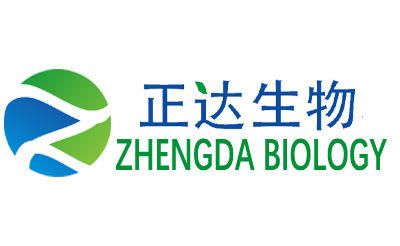Industrial protein
Industrial protein
- Industrial Applications
- Key Features
- Key Functional Properties
- Typical Specifications
- FAQ's
| Industry | Product/Use | Functional Role |
|---|---|---|
| Adhesives | Wood glues, bookbinding, paper lamination | Binder, film-forming agent |
| Textile | Warp sizing, fabric coatings | Strengthens yarns, improves abrasion resistance |
| Paper Industry | Coatings, sizing, surface treatments | Ink absorbency, print quality improvement |
| Fertilizer | Organic nitrogen source | Enhances soil structure and microbial activity |
| Leather tanning | Hide treatment | Aids in softening and preservation |
| Cosmetics | Hair masks, facial peels (non-edible) | Protein filler, film-former |
| Construction | Mortar/plaster additives | Water retention, adhesion improvement |
| Pet Food | Animal hydrolysate-based flavor enhancers | Protein supplement |
| Animal Feed | Non-edible protein for livestock nutrition | Source of digestible protein |
| Source | Type of Protein | Notes |
|---|---|---|
| Animal by-products | Gelatin, collagen, keratin, casein | From bones, hides, hooves, or milk; mostly hydrolyzed |
| Plant-derived | Soy protein, wheat gluten, corn zein | Used where vegan or non-animal ingredients are preferred |
| Fish by-products | Fish gelatin, fish protein hydrolysate | Sustainable source; used in fertilizers and adhesives |
| Property | Description |
|---|---|
| Binding | High affinity for substrates like paper, wood, or minerals |
| Emulsifying | Stabilizes oil/water mixtures in industrial fluids and cosmetics |
| Foaming | Used in fire retardants and flotation processes |
| Film-forming | Creates uniform, breathable films for coatings and packaging |
| Solubility | Varies based on hydrolysis level (soluble proteins preferred) |
| Parameter | Range |
|---|---|
| Protein Content | ≥ 85% |
| Moisture | ≤ 10% |
| Ash Content | ≤ 3% |
| Solubility | Fully soluble in hot water |
| Appearance | Light brown to dark brown powder |
| Odor | Mild to neutral (non-offensive) |
Q1: What is the difference between industrial protein and edible protein?
A: Industrial protein is not food-grade and is used for technical purposes. Edible protein meets strict safety and hygiene standards for human consumption.
Q2: Is industrial protein biodegradable?
A: Yes, it is a naturally derived, biodegradable material, making it an eco-friendly choice in industrial formulations.
Q3: Can industrial protein be used in agriculture?
A: Yes, it is often used in slow-release fertilizers and as a binder in animal feed blocks (only when allowed by regulations).
Q4: What forms is industrial protein available in?
A: Typically available as powder or granules, packaged in bulk bags or drums for industrial use.
Q5: Is it safe to handle industrial protein?
A: Yes, with standard industrial safety precautions—use a mask and gloves to avoid inhalation or skin irritation.
Q6: How long can industrial protein be stored?
A: When stored properly in dry, sealed conditions, shelf life can exceed 12–24 months.


